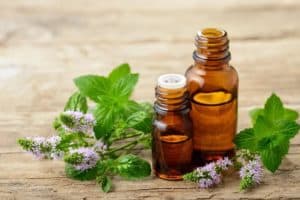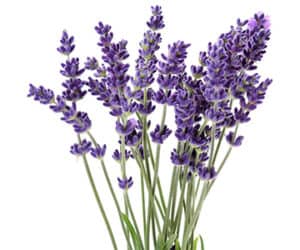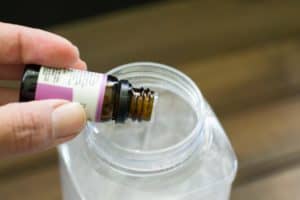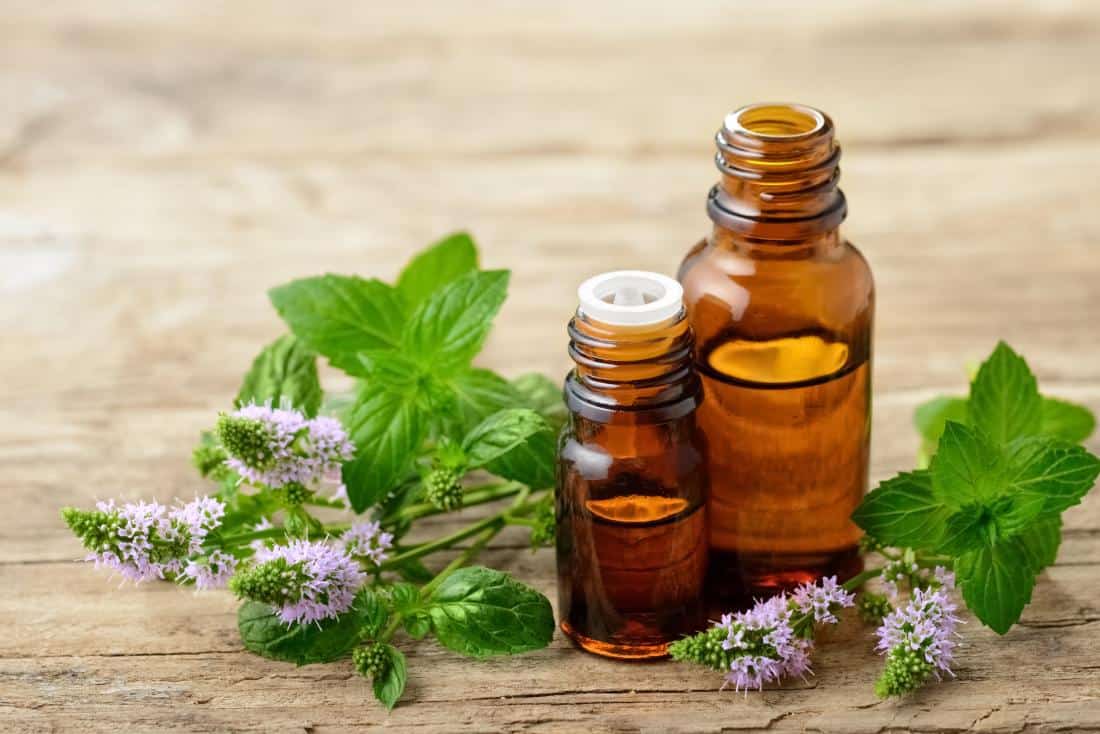Have you ever run out of any dog grooming products and trying to figure it out what you could use as an alternative to pet store products? Even though products specifically made for dogs are always the best option, when, for any reason they are not available, they can be replaced with certain household items you would not think of.
Here is a list of some of the most common problems and how to take care of them by a visit to the kitchen.
Using Essential Oils
T he benefits of aromatherapy and essential oils are widely known, and dogs can benefit from it as much as humans do.
he benefits of aromatherapy and essential oils are widely known, and dogs can benefit from it as much as humans do.
Essential oils promote natural healing by stimulating and reinforcing the body’s own mechanisms. Essences of chamomile and thyme, for instance, are credited with the ability to stimulate the production of white blood cells which help in our fight against disease.
You can also learn a lot about essential oils and their benefits just by reading the ingredient lists on many dog shampoo bottles.
Here is a brief description of the effects attributed to some of the most common essential oils. Remember that essential oils must be diluted. Six to eight drops in a 6-ounce (175 ml) spray bottle with distilled water is a safe ratio.
Lavender Oil
This is probably the most commonly used of all essences, not only for its pleasant fragrance but also for its antifungal, anti-germicide, anti-anxiety, antidepressant, and calming properties.
probably the most commonly used of all essences, not only for its pleasant fragrance but also for its antifungal, anti-germicide, anti-anxiety, antidepressant, and calming properties.
Rubbing a drop on your finger and massaging your dog’s pads before a long trip or a grooming session can help him relax. We encourage you to spray some in the air for you to sniff while grooming your dog to reduce your anxiety as well.
Peppermint Oil
Peppermint oil will not only turn a leave-in conditioner into the perfect holiday fragrance, but it is also a great scent to help with car sickness. You don’t want your dog to get carsick on your way to an event.
Grapefruit Oil
Like mo st citrus oils, grapefruit oil is great during the summer as a natural bug repellant, especially in tick-infested areas. Misting your dog with a mix of grapefruit oil, tea tree oil, and lavender oil before going out is a great way to keep bugs away.
st citrus oils, grapefruit oil is great during the summer as a natural bug repellant, especially in tick-infested areas. Misting your dog with a mix of grapefruit oil, tea tree oil, and lavender oil before going out is a great way to keep bugs away.
Rosemary Oil
Rosemary oil is a great oil to help reduce itching. Mixing rosemary oil with lavender is a great natural option to help dogs with skin problems.
Dry Shampoo
Probably you’re not the only one who, while getting ready to entertain friends at home, has suddenly realized that your dog is having a very bad hair day and that there is no time for a full grooming. It is at times like these that a dry shampoo can come in handy.
Dry Shampoo Mixture
To c reate your own dry shampoo, mix one part cornstarch with one part baby powder in a container with a lid then add a few drops of essential oils and some rice to keep the mix from forming lumps. Shake the mixture and then transfer it to a container with a perforated lid to be able to sprinkle it over the dog.
reate your own dry shampoo, mix one part cornstarch with one part baby powder in a container with a lid then add a few drops of essential oils and some rice to keep the mix from forming lumps. Shake the mixture and then transfer it to a container with a perforated lid to be able to sprinkle it over the dog.
Place the dog over a towel or in an area that will be easy to clean after you brush out the powder from the dog’s coat. Protect the dog’s eyes from the powder with your hand and then sprinkle powder over the dog’s coat, especially behind the ears where oils can easily accumulate. Let the powder sit for a minute and then brush out with a slicker brush.
Non-Rinse Solution
If you have a short-haired dog whose coat looks dull and dusty, a quick trick is to use a mixture of one part mouthwash with one part distilled water. Spray this onto the dog’s coat to get rid of dandruff, dust, and extra oil. After spraying the mix all over the dog, taking care to avoid the eyes and mouth, run a dry washcloth over the dog’s body to remove the excess solution, dust, and dandruff.
Leave-In Conditioner
Hair is elastic, so misting it with a leave-in conditioner before brushing will help to soften the hair and make it easier to run the brush through it. The homemade alternative is a solution of warm water (distilled water if you plan to store it for a while) and a few drops of hair conditioner made for humans.
For a slightly more sophisticated solution, mix 6 ounces (175 ml) of distilled water with 1 teaspoon of glycerin and up to six to eight drops of essential oils.
Paw Care
When the dog’s pads get dry due to walking on hot surfaces or on winter salts, pet paw balms can be replaced by rubbing a few drops of olive oil on your fingers and massaging the oil into the dog’s pads. If doing this indoors, be sure to pat-dry the pads before you let your dog jump on the couch.
Ear Cleaner
Ear cleaner can be replaced by mixing one part witch hazel with one part distilled white vinegar. If you don’t have witch hazel, you can use rubbing alcohol. Note, however, that if the dog appears to have an active ear infection, either because the ear looks red and inflamed, has a strong smell, and/or the dog is shaking his head with discomfort, alcohol could sting and make the dog uncomfortable.
Organic coconut oil has been used by dog groomers and breeders for a long time to treat ear mites and yeast infections and to reduce swelling. The smooth texture is very soothing. One word of caution: When used on long-haired dogs, wipe off as much oil as you can after the application to avoid dripping on the coat. It is a good idea to start using it a couple of days before the bath, once a day, to soften up all the wax and debris, which will make cleanup easier on bath day.

